
Why Malaysian fashion designer Khoon Hooi says home is the place to be
- Despite gaining global recognition, Lee Khoon Hooi chooses to stay in Malaysia where a new generation is appreciating local designers more
- Besides seasonal collections, he also produces an annual Chinese New Year collection where he puts a contemporary spin on the qipao
Every year since 2010, Malaysian designer Lee Khoon Hooi – known simply as Khoon Hooi – has travelled to Paris Fashion Week to show his seasonal collections. Many of his clients travel from the Middle East to meet him there.
Once fashion week is over, he returns to Kuala Lumpur, where he has a showroom and his production headquarters.
“The world has become smaller. With social media, all the information you need is on hand. Travel is easy,” says the 47-year-old designer. “[In Europe], exposure is better, definitely. But it’s not necessary for me to be based overseas at the moment.”
Unlike a number of his peers, Lee has chosen to remain in his homeland. Yet it doesn’t stop him reaching a global audience and his brand has more than two dozen stockists worldwide.
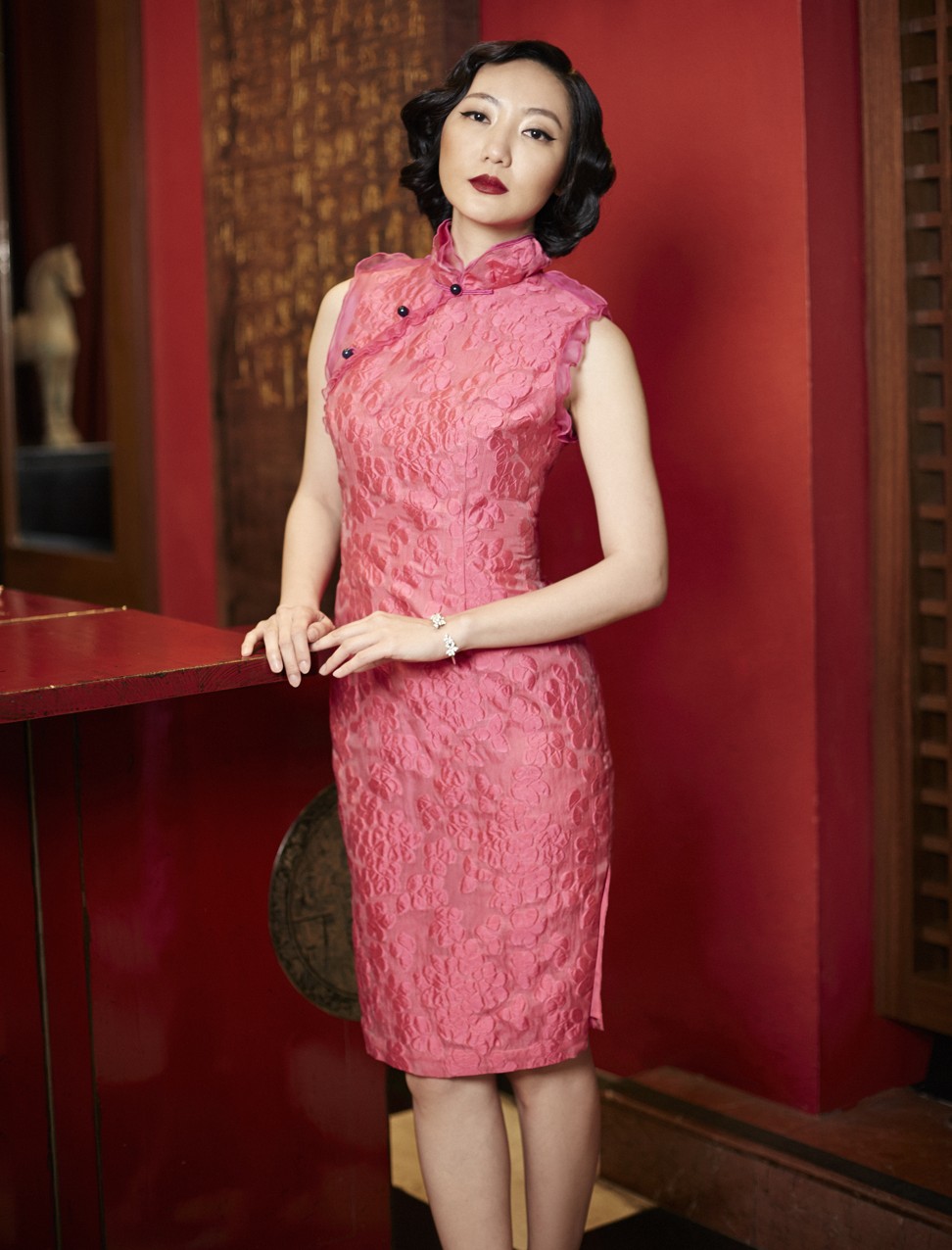
As a young man, Lee was already imagining a world beyond his backyard. He grew up in the small town of Parit Buntar in northern Malaysia. When he wasn’t drawing, he was out playing in the wilderness. “To this day, there’s a paddy field behind my family home,” he says.
This was the 1980s. His town hardly had any shops, or even access to magazines. Yet Lee still felt a nascent pull towards fashion. “I got inspired by my grandma,” he says. “I picked up the beauty of the embroidery and fabric from the way she dressed.”
His grandmother often wore elegant kebayas and sarongs, traditional outfits for Peranakan (Straits-born Chinese) women, but also more broadly worn by Malaysian women. The kebaya is an intricately embroidered blouse, usually made in striking colours.

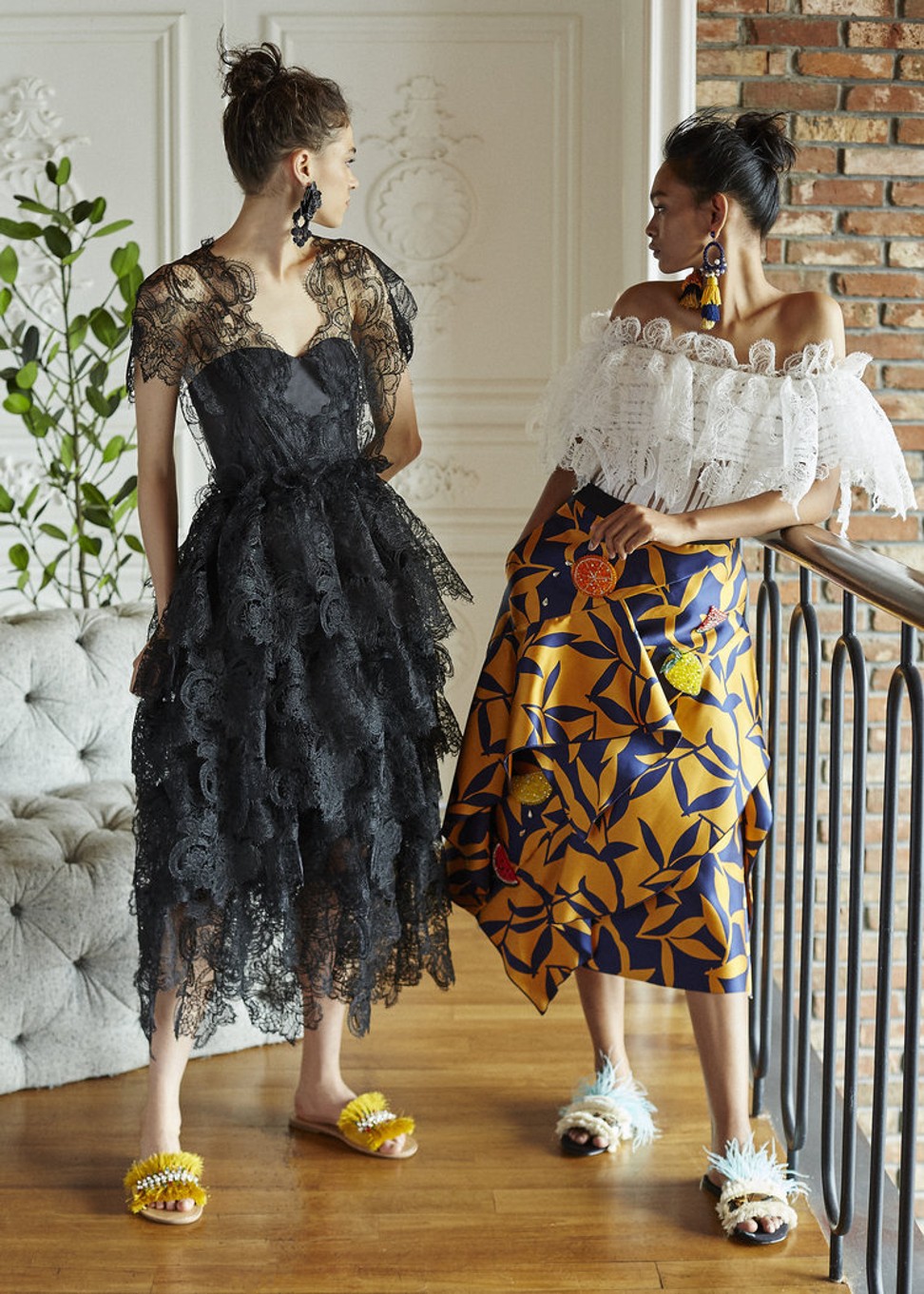
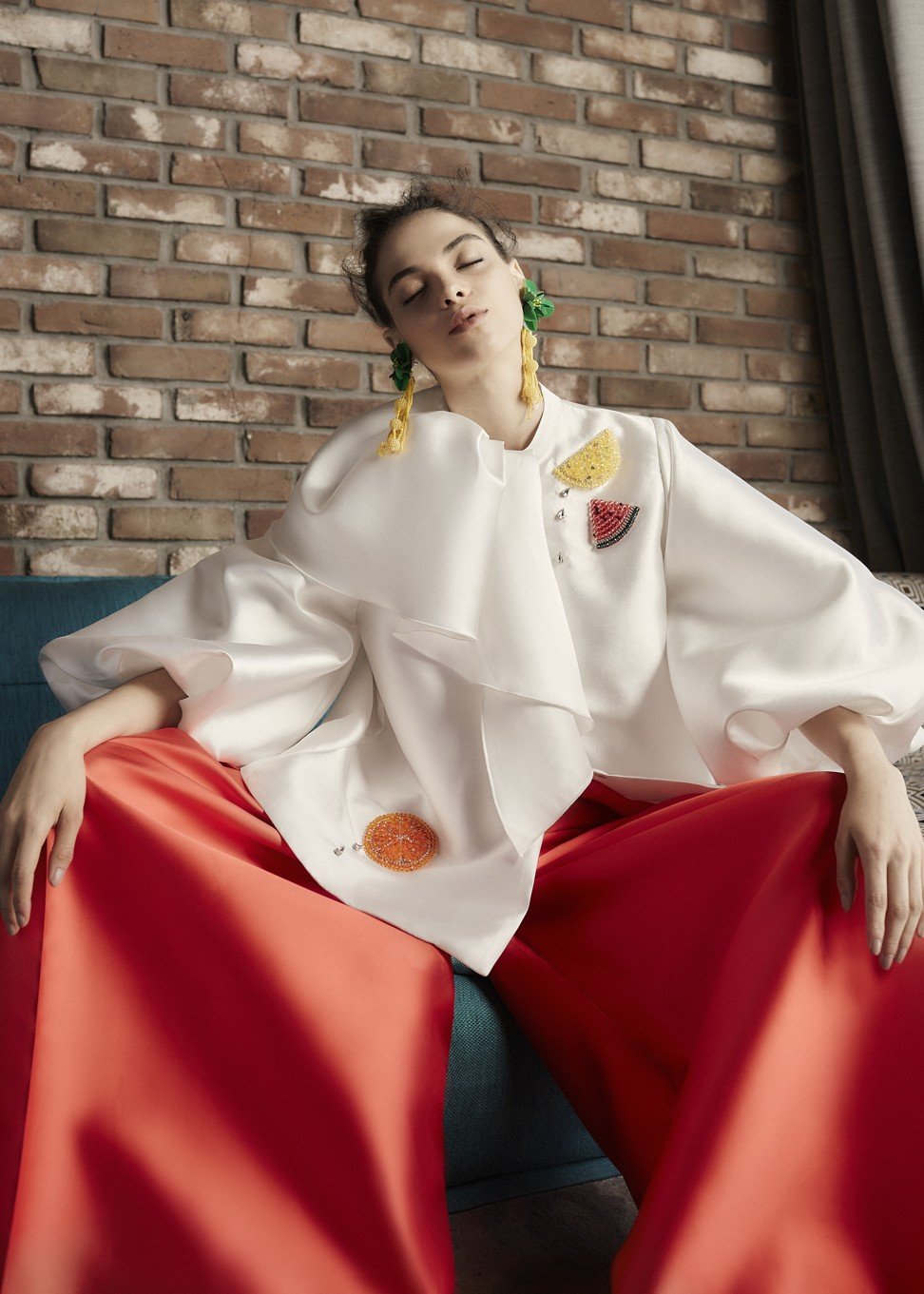
For young Lee, the love of colour, fabrics and detail would stay with him. He enrolled in a course in textiles and fashion at the Malaysian Institute of Art. But he didn’t tell his parents, who saw fashion as too frivolous a career. Instead, they thought he was going to study graphic design. The truth only came out after they saw his course grades.
“After that, my dad said it was OK, but I had to be responsible,” Lee says. When won his first accolade – runner-up for the Malaysian Young Designer Award in 1996 – his parents were proud of him.
Now the Khoon Hooi brand is firmly established, with 19 years under its belt. The label is known for romantic occasion wear with strong silhouettes and astutely playful embellishment. A few key colours lead each collection, but textures and prints vary: blocks of colour play alongside bold prints, shimmering brocades against satin.
In the spring-summer 2019 collection, there are bright, off-the-shoulder dresses trimmed with tassels. Beaded fruit and flowers add pops of colour to pastel satin, oversized bows embellish the waist. There are palazzo pants that you could wear to brunch, gowns you could wear to a ball. It’s aspirational; elegant, joyous and savvy.
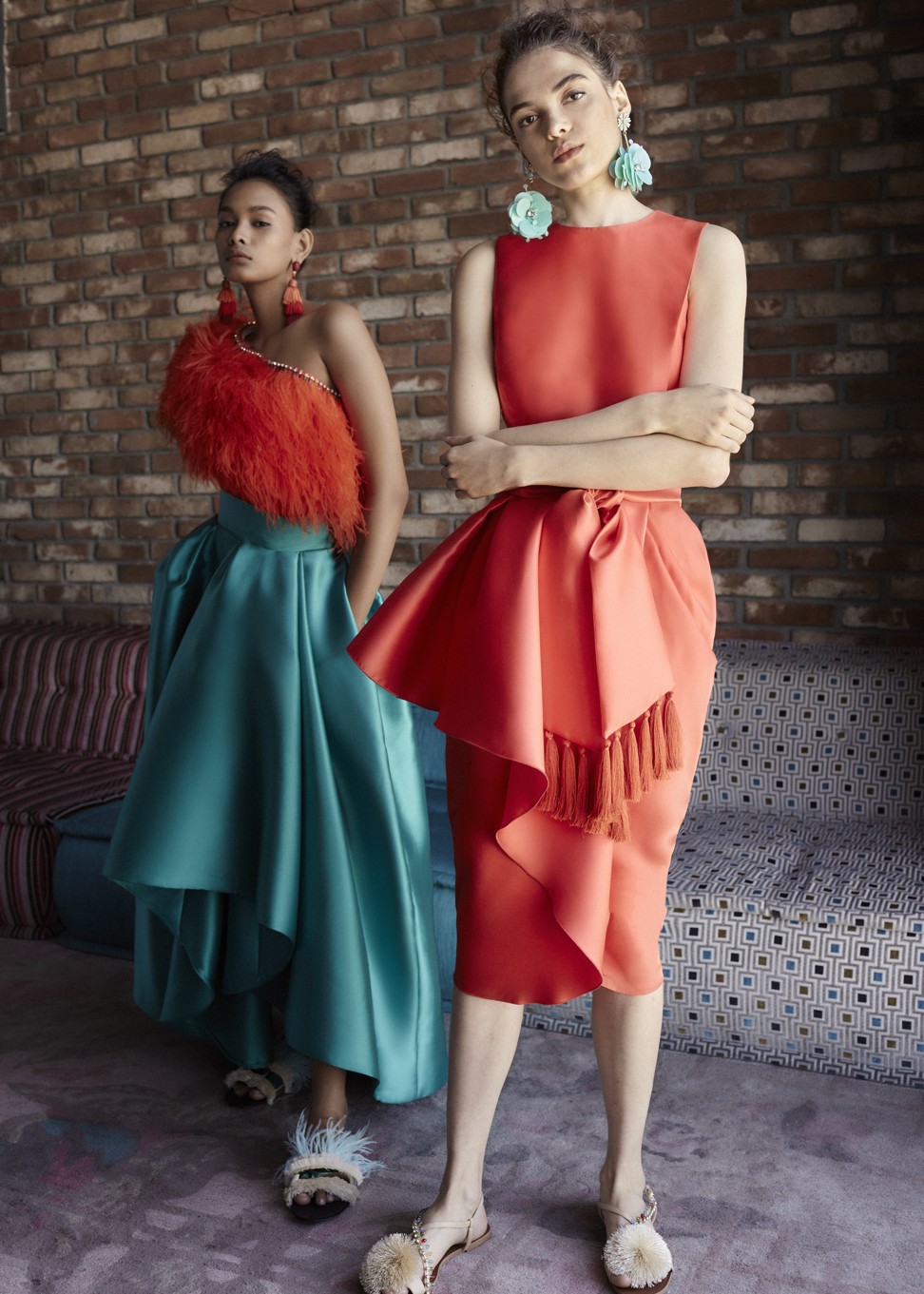

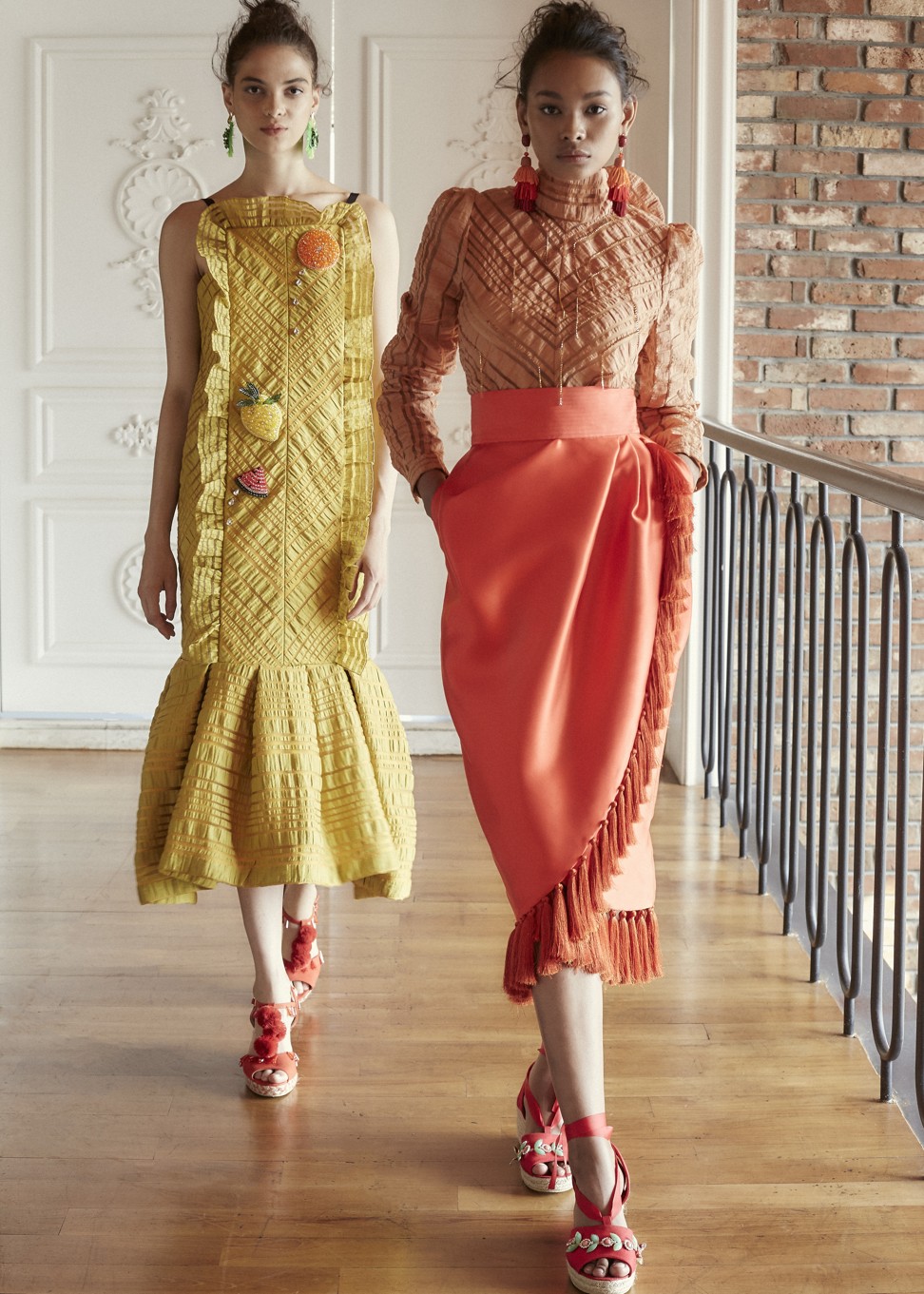
As well as the ready-to-wear seasonal collections, Khoon Hooi produces collections for two festive occasions celebrated in Malaysia and the region: Hari Raya, known more widely as Eid al-Fitr, and Chinese New Year.
The Chinese New Year collection is drawn from the same playbook as the brand, but focuses on the qipao. As the annual festivities draw near, his clients will put in their pre-orders and the final dresses are custom made to their measurements.
While the Khoon Hooi qipao collection follows the traditional structure of the dress, Lee creates a more contemporary look through the fabrics and details. This year’s collection sees 1970s-style prints alongside chinoiserie, intricate beaded fastenings and ruffled trims.
“In the Malaysia market, qipao are mostly imported from China. I feel that we [Malaysian designers] can have our own twist,” he says.
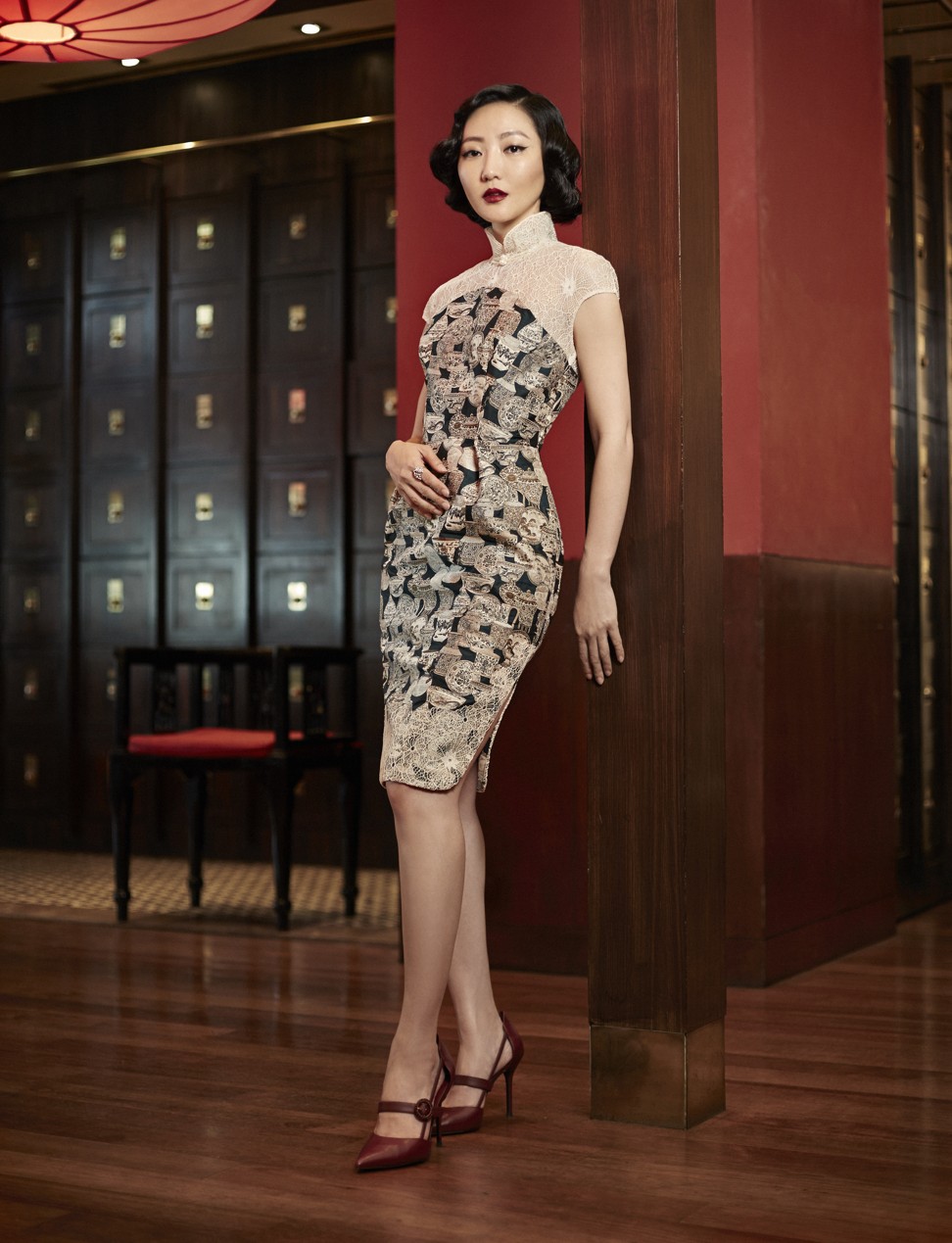
It’s a busy time for the brand. The Chinese New Year collection is almost sold out and the spring-summer 2019 collection will need to be delivered to stockists within the next few weeks. There will also soon be the launch of a capsule collection, in partnership with the Malaysian online fashion retailer FashionValet.
For the designer, running a fashion business means also managing a team, which has grown to about 25 people. “Until today, I’m still learning,” he says. He admires designers like Giorgio Armani and Karl Lagerfeld, because they have stayed the course and continue to work at the craft today.
Lee remembers how few Malaysian brands were established when he started his career in the mid-1990s, and how indifferent the local consumers were to those brands. “Back then, they were looking for overseas brands,” he says. “And I couldn’t blame them.”
But things have changed. Although he would like to see more government support for the local fashion industry, Malaysian designers are thriving in their own country and beyond.
“It’s a chicken-and-egg situation,” he says. “Now there are a lot of designers coming up. Malaysian consumers are more accepting of local creativity and the new generation appreciates our designers.”

